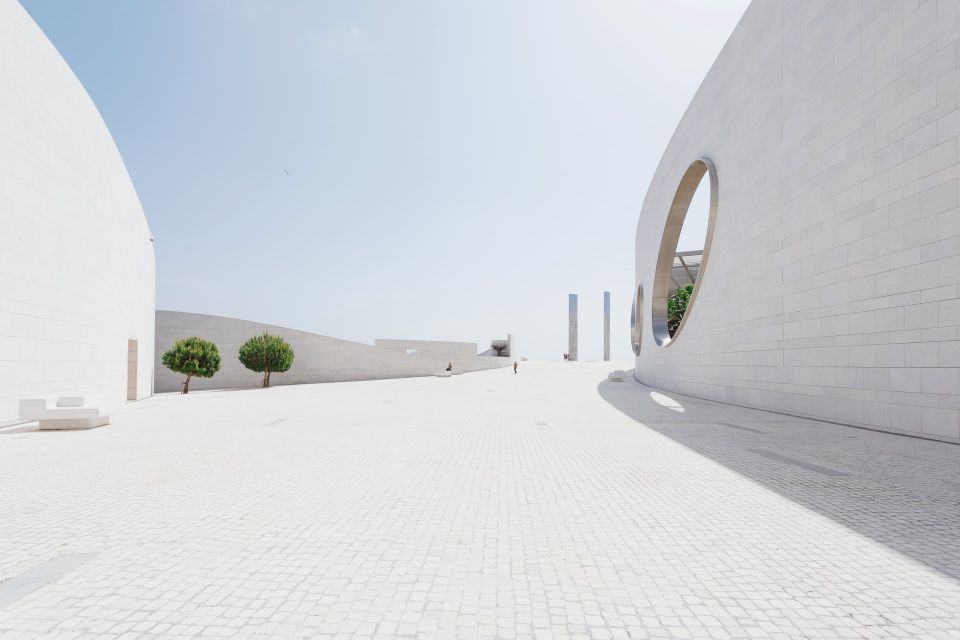
Polished Concrete vs regular concrete. What is the difference? Almost everyone who visits or calls showroom is always interested in polished concrete and is likely to be misinformed about the rest of concrete floors/shapes. It’s one of those ubiquitous, but seldom heard terms. It may as well be called polished concrete cleaning & finishing or polished concrete repairs & refinishing.

Polished concrete refers to a floor surface that has been treated with a clear sealer and is being polished. Regular concrete floors, on the other hand, are used for utilitarian purposes where low foot traffic is a concern. They are also less subject to damage from heat, stains, spills, stains, etc.
There are basically two types of polished concrete floor surfaces available – straight and multi-step operation. In a straight finish, the concrete floor surface has been cut into squares, then the individual squares are each sanded to a very low level of shine and the outer edge is buffed and resealed. This process leaves a very uniform, factory finished product. The only drawback here is that the individual squares need to be replaced periodically during high foot traffic. Also, the concrete will need to be re-sanded every few years.
The multi-step operation of polished concrete involves several steps. First, the floor is sprayed with a semi-gloss sealer/sealer, then the tiles are laid out with the help of trowels, manually or mechanized. The tile is then manually or mechanically lifted and set in place. The reason behind this last step is to ensure that the finished floor will have the lowest level of reflectivity.
The most advantageous aspect of polished concrete offers an aesthetic look that can never be duplicated by other decorative flooring materials. It is durable, resistant to heat, salt and chemicals, and has the ability to resist pressure and vibration. In a nutshell, it has high visual impact and is ideal for both residential and commercial applications.
The greatest asset of polished concrete floors is that they can withstand high foot traffic, which is critical for commercial buildings. This is because human foot traffic is the largest cause of wear and tear on any flooring system. Apart from being virtually maintenance free, these floors offer design options to suit every preference. For instance, you can get them in various colors; there are even floor finishes that have innovative designs.
Polished concrete floors also require almost no repair. This is because the surface is very thick, which makes it very difficult to cut or chip. Once you seal the surface, you can keep it protected from stains, damage, and scratches.
When it comes to sealing polished concrete floors, one of the best options available is a water-based sealer. Water-based sealers provide high levels of protection without the need for heavy maintenance. They are also highly effective in preventing oil stains from setting on the floor. These sealers have the ability to form a water tight seal with low-traffic areas, while maintaining the ability to move easily. They are great for high traffic areas, such as hallways or walkways.
There are also dry cleaners that offer the option to use sealers on polished concrete. The reason why this is beneficial is because the dry cleaners do not have to wait for the concrete to dry before applying a sealer. They will immediately have a wet sealer on the floor ready to go. This is highly recommended over other forms of sealing, since it is done at the point of application instead of waiting for the concrete to completely dry.
If you want to protect your polished concrete slab, but you don’t want to do it by installing a high gloss sealer, then you can opt for a low gloss sealer. This will still add a shine to the floor, but it will not be as glossy as a high gloss sealer. It will still allow some light to filter through the floor, but it will not be as shiny as a high gloss sealer. Another benefit of using a low gloss sealer is that it will require less maintenance in terms of daily cleaning.
Polished concrete floors typically need sealing once a year to prevent the investment from getting wasted. However, if you already have polished concrete floors, you may want to consider applying a sealer sooner rather than later. There are several things you need to consider before deciding to install a sealer on your floors. First, you need to decide if you want to have a single coat of sealer or multiple coats. You will also need to determine if you want a matte or glossy finish and if you want the sealer to be oil based or water based.
Once you’ve decided on these factors, you can start looking for a sealer that suits your needs. The easiest way to do this is to go online. There are numerous sealers available that you can choose from to fit your needs. When shopping online, it is a good idea to do a little research on the different types of products that are available. You should be able to find exactly what you need in order to get your concrete polished and sealed in no time at all. By taking the time to find the right product, you can ensure that your polished concrete grinding or flooring project will be successful.